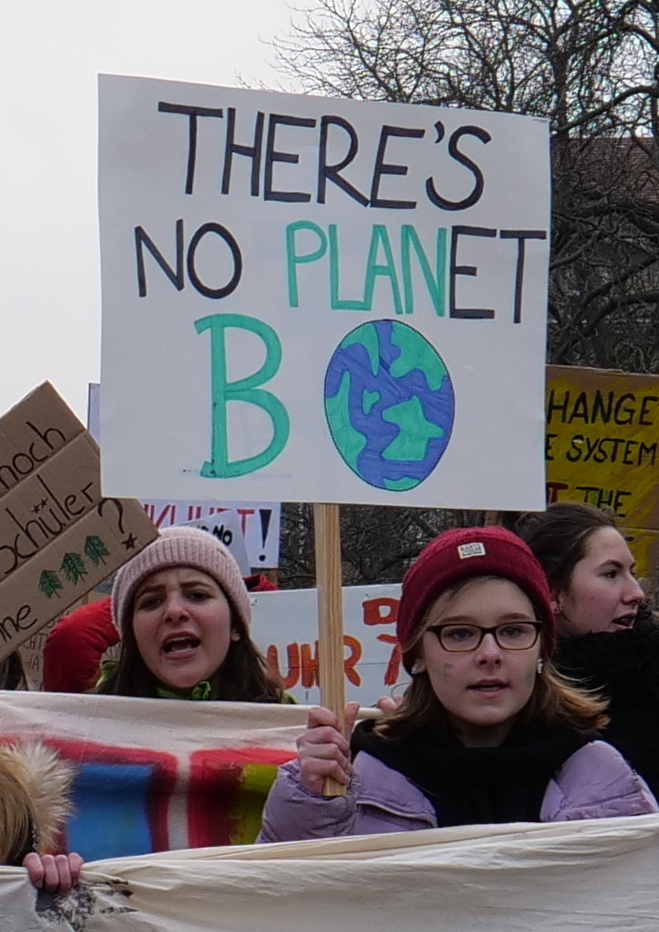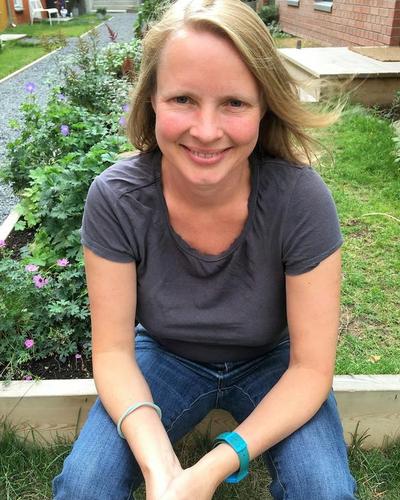The conference "Climate change temporalities: Narratives, representations and practices" will be held in Bergen from August 3–5, 2020. We welcome papers discussing temporalities of climate change both from a historical and a contemporary perspective. The deadline for abstract submissions is March 1, 2020. To read the full call for papers, go to the conference page.
Perceptions of time – exhibited

“What is time? Time is the past, the present and the future. Time is moments, seconds, minutes, hours, days, months, and years. Time is also the long, slow story of the Earth –although even this is short from the perspective of cosmological time.” This is the introduction to a new exhibition entitled The Nature of Time. It is part of the reopened University Museum of Bergen, and it is co-produced with the project The Future is Now. Through 20 showcases constantly circulating in a paternoster lift, the exhibition explores how human relations with time are inextricably linked to nature.
Animal examples and biodiversity loss

In her recently published article, "Making Invisible Changes Visible: Animal Examples and the Communication of Biodiversity Loss", Marit Ruge Bjærke explores how animal examples are used in the construction of biodiversity loss as an environmental problem. Cuckoos, ptarmigans and mountain hares are all on the Norwegian Red List for Species, but when used as examples in media texts, they convey different conceptions of nature and biodiversity. Through their way of both exceeding and reducing the general statement they are meant to illustrate, examples bring certain ideas about biodiversity loss to the foreground: The cuckoo evoked conceptions of nature as a place of magic and biodiversity as a requisite for happiness, while ptarmigans linked biodiversity loss with future climate change, as well as with hunting traditions. The animal examples thus provide important insight into how biodiversity loss is constructed and communicated.
18th Century Ideas about Man-Made Climate Change

Can grain crops be increased? The issue was heatedly debated in 18th Century Denmark-Norway, both for patriotic and economic reasons. In a newly published article by Anne Eriksen examines how the historian Gerhard Schøning (1722–80) handled this issue. His answered the question affirmatively. Chopping down much of the forests that covered Norway would change the climate radically for the better, he argued. As a consequence of the warmer weather, the fertility of the soil would improve. Climate interested a number of 18th century writers. It was not only a part of geotheory, but also included in theories about the history of society, law and culture as well as in medical thought.
Schøning’s argument was nearly entirely built on examples from Greek and Roman history, cited to demonstrate that since classical times, this kind of changes had already taken place in other parts of Europe. The rhetoric of exemplarity relied on a quantity as well as on the uncontested exemplarity of classical literature itself. The cases he cites are numerous (serial) instantiations of the same general mechanism: The effect of human interventions in nature. Yet at the same time they are models to follow, even if it will take some effort. Norway will never be as warm and fertile as southern countries, but Schøning exhorts his compatriots to “take courage and start!” History consisted of examples to learn from and models to follow.
Islands in the Cultural Imaginary of Climate Change

When we think of climate change, sinking islands are often at the top of our heads. While rising sea levels do constitute a real threat, is everything we believe to be true about sinking islands necessarily so? In a recent article in the book Former som formar: Musik, kulturarv, öar (Uppsala 2019), Camilla Asplund Ingemark tries to understand how and why this image of flooded islands is so compelling to the Western imagination. Flooded islands have been part of the cultural imaginary of climate change in the West since Al Gore’s An Inconvenient Truth (2006), and Asplund Ingemark discusses how the power of this image of sinking islands hinges on fundamental Western notions of the ”islandness” of islands: their perceived remoteness, insularity, archaism and isolation. The image of sunken islands also has a powerful template in the ancient myth of Atlantis. This mythical connection, which is sometimes spelled out, could impact local communities as well as our own motivation to mitigate climate change negatively, as it makes destruction and doom seem a very natural, indeed desired, course of events.
Family time and «the child»
 The third international school strike takes place on August 30, 2019. The school strikers have successfully used “the child” as a passion of enunciation – as time-travelers from the future. Listen to Kyrre Kverndokk talk about family time and thinking climate change temporality through “the child”. (1:56 minutes, in Norwegian)
The third international school strike takes place on August 30, 2019. The school strikers have successfully used “the child” as a passion of enunciation – as time-travelers from the future. Listen to Kyrre Kverndokk talk about family time and thinking climate change temporality through “the child”. (1:56 minutes, in Norwegian)
Greta Thunberg and «the child»

In a new short essay published in Salongen, Kyrre Kverndokk discusses how 16-year old Greta Thunberg has been ascribed and also has taken the symbolic position of “the child” to authorize her message. The essay explores very different aspects of this rhetorical trope. Thunberg talks from the positionof a time-traveler, coming from the future to tell the truth about a climate-changed future to contemporary political leaders. While in media representations, she is not only presented as a representative of future generations, she is also depicted as a modern “Pippi Longstocking” - the strongest girl in the world and the eternal child. On the other hand, right-wing media emphasize the vulnerability of “the child”, claiming her to be an “innocent” victim of cynical lobbyists. The essay is in Norwegian.
Setting the (anthropo)-scene

What happens when we term our geological epoch ‘anthropocene’, indicating that humans are always at the center of the story? With her encounter with a sea urchin and the concept of ‘chthulucene’ as starting points, Marit Ruge Bjærke asks how we can think about technology and climate change without the notion of a coming apocalypse. The essay (in Norwegian) is part of the “Norwegian Writers’ Climate Campaign”.
The prophetic mode
 How are the prophetic books of the Old Testament relevant to the climate crisis? Listen to Isak Winkel Holm explaining how he understands the prophetic mode as a kind of loop time between future disasters and the present crisis.
How are the prophetic books of the Old Testament relevant to the climate crisis? Listen to Isak Winkel Holm explaining how he understands the prophetic mode as a kind of loop time between future disasters and the present crisis.
A brand-new book!

The book Kollaps: På randen av fremtiden (in Norwegian) is out. This is an interdisciplinary book about notions of of collapse, and the unpredictability of a climate changed world. The book is edited by Peter Bjerregaard and Kyrre Kverndokk. In addition to Kverndokk, are John Ødemark, Henrik H. Svensen and Isak Winkel Holm form the advisory board of the project contributing.
